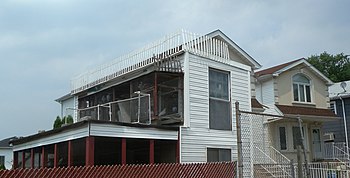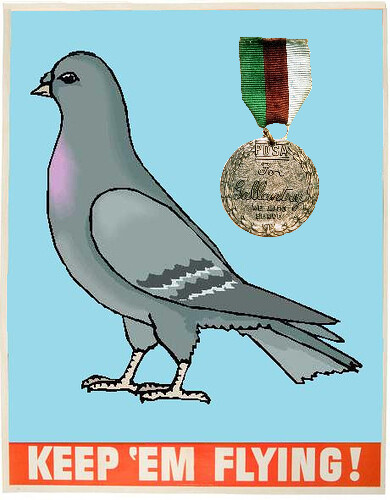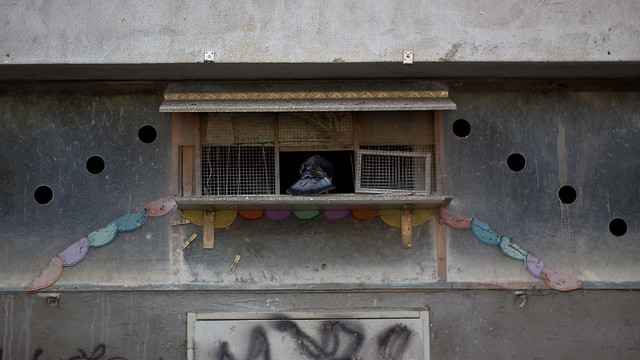 |
| Pigeon fancier with one of his racing pigeons in Greenock, Scotland. (Photo credit: Wikipedia) |
Can anybody race pigeons? This may be a question that you have in mind but you need a definite answer for it. Well, generally, anyone who is fairly interested can be involved in racing pigeons. After all, it is not only a kind of sport but is qualified to be a hobby as well. In fact, some even consider it a business from which they earn a healthy profit.
Historically speaking, even the king of England, George V, kept a loft that had many racing pigeons in it. The others are of course not known to many but one thing is for sure. That is, those who race pigeons are tough competitors. They see this sport as a very promising one that they really work hard in training their birds.
Many of the pigeon racers to date represent the different classes of life. The Kings Cup race was actually once won by a racer who only shipped two birds. He was also the declared second placer the year before he finally bagged the much-coveted prize for the race.
Meanwhile, if you are a beginner in this field, you likewise need to learn the ups and downs of training pigeon racers. A great tip is to purchase the young pigeons and then let them join in the so-called one loft race or futurity race. With this, the birds can be trained to compete with one another and at such a tender age, they are already molded to become great racers.
So you are wondering about what a futurity race is all about. To set the record straight, the futurity race is a kind of event that is being sponsored or held by loft managers or the pigeon clubs. The entire purpose for which is to bring together all the top trainers from different countries who will then compete against each other for a stipulated price.
South Africa holds one of the hugest futurity races. The event is therefore referred to as the Million Dollar Race. It is only a one loft race which means that the pigeons included in the race should return to the same loft where they came from.
In the United States, there is the Lou McElroy Futurity which was incepted in the year 2000. This race places the pigeons into various lofts and comes under different handlers.
What is basically great about futurity racing is that anybody who has hoped to join such an event can enter his pigeons. Even when the birds don't have much training, it is still alright. The loft handlers and managers are experienced in handling different birds and they really do a great job with it. What more is that they are also paid only a fraction when the pigeon is able to qualify. That is why they will really work hard so their handled birds can make it to the racing event and they can earn money in return.
Overall, a racing pigeon is for anybody who is practically interested in competing and winning.









